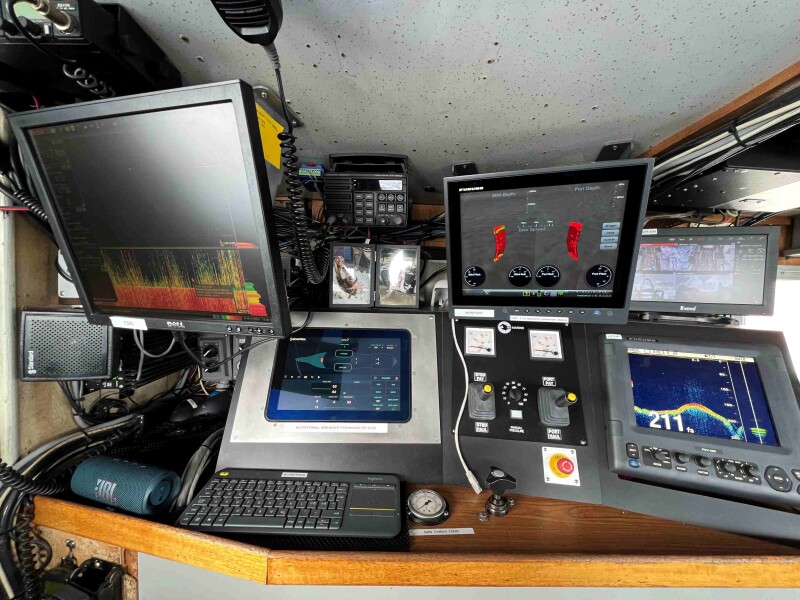After 30 years on the market, Scantrol keeps making a good thing better. Scantrol’s Autotrawl system first hit the market in the mid-1990s, and for 30 years, the Norwegian company has been upgrading its number-one product for the commercial fishing industry. “The purpose of the Scantrol Autotrawl is to keep the net square,” says Oyvind Hansen, VP of Fishery & Research at Scantrol.
Scantrol’s Autotrawl SYM 7 system relies on a computer that receives signals from net sensors and utilizes those, along with a gyro, to control the wire length from the winch to the net.
“We don’t make winches,” says Hansen. “But our system will work with most winches, hydraulic and electric. In the U.S., we have worked mostly with GS Marine in Seattle, upgrading from the Rapp Pentagon system on MacGregor winches. The one we don’t work with is Naust. They have their own system.” That said, Hansen notes that the Autotrawl system has been installed on over 600 large and small trawlers worldwide.
The company’s SYM7 Autotrawl is built for the future, including many features such as control of up to seven trawls, a built-in motion sensor, and the capacity to work with Scantrol’s Deep Vision camera and bycatch release system, which is still being refined.
“All the functionality is built around the needs of the fishermen,” says Hansen. “The Autotrawl computer receives information from the net sensors, which can be Marport, Scanmar, Notus—all the major sensors—and with that, it controls the winches that control the shape of the net.”
As Hansen explains, when equipped with Scantrol’s Autotrawl system, the winches are dynamic. “You don’t set the brake,” he says. “As the system receives information on wave height and vessel position, it can let out and take in wire to compensate for the vessel’s motion. When the vessel goes up on a wave, the winch lets out wire. When the vessel goes down, it takes wire in, so the net itself is always stable. It doesn’t go up and down with the vessel.”
According to Hansen, the dynamic winches can also let out and take in wire independently when the vessel is turning in order to keep the shape of the mouth open and as square as possible. “There is also a snag detection system,” says Hansen. “If a vessel encounters a hang or some obstacle, the winches can let out some wire, and the system alerts the skipper.”
Scantrol works in fisheries, but 50 percent of the company’s business is focused on providing its Active Heave Compensation system to other marine industries such as oil well drilling. Hansen notes that the company draws on the technology it developed for these industries and uses it in its Autotrawl system. “In the computer there is a gyro, and also an MRU, a motion reference unit. With each vessel we measure and tune this to the position of the trawl gallows frame on the stern. That gives us an idea of where the gallows are, depending on the sea state, and that determines how much wire the winches need to let out or take in.”
Last year, Scantrol introduced a lower priced SYM7 LT system without the MRU. While Scantrol’s Autotrawl systems are designed to keep vessels fishing efficiently in all weather, the systems can also be adjusted to accommodate a calm sea state. “In good weather, the skipper can focus on range and accuracy,” says Hansen. “The Autotrawl display screen shows the configuration of the net or nets and allows the skipper to control the winches manually. There is also a green light on the panel to indicate when the net is being towed at the ideal speed, helping skippers and vessel owners conserve fuel and optimize catches.
While some Norwegian fishermen are already using Scantrol’s Deep Vision camera to help avoid bycatch, they are dealing with discerning haddock from redfish, two very dissimilar species. “The SYM7 platform is designed to work with Deep Vision,” says Hansen. “But the camera is not yet at the point where it can spot a few salmon in large schools of pollock. That is still a few years away.”
The goal for bycatch reduction is to have a camera that can spot the unwanted fish in time to allow the skipper to open a release panel in the net and let the fish escape. Eventually the release mechanism would be automated.
Scantrol reports that Seattle-based GS Marine LLC performed the first installation of its SYM7 LT system in the US, upgrading the Western Dawn’s Rapp Pentagon system to Scantrol in October 2023. “GS Marine, a company revered for its in-depth knowledge of maritime technology and specific expertise with the Western Dawn's existing Rapp winches. Their proficiency ensured a seamless integration of the SYM7 LT system, paving the way for enhanced efficiency and control in the vessel's trawling operations,” says a Scantrol press release.
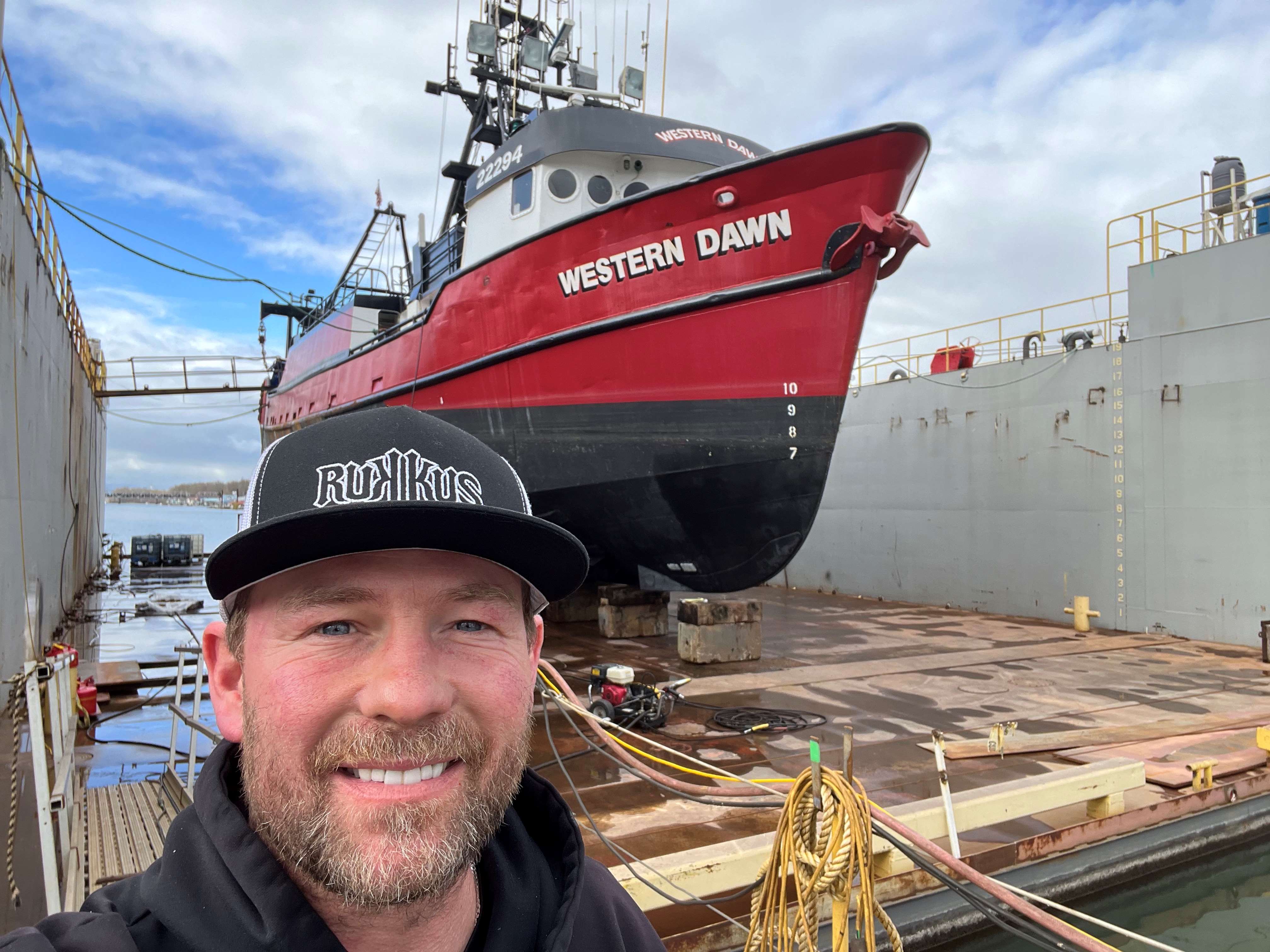
“The Western Dawn was the first boat that we put the SYM7 LT system on,” says Jamie Greaves, COO at GS Marine. “In 2022 we put the bigger SYM 7 system on one of the O’Hara boats. That one has the MRU [a motion reference unit], which ups the price. Scantrol came out with the LT last year for vessels that don’t need the big system.” Greaves notes that the SYM 7 with MRU was primarily designed for vessels using three winches and towing two nets, while most US boats can achieve virtually the same efficiencies with the SYM 7 LT.
“The auto trawl works like most, with pressure and length measurement on one winch and then equal pressure on the other,” says Greaves. “And it has a bump feature that keeps the winches active in calm seas. When it’s calm, the system can find a lazy spot where the winches stop adjusting, so the bump feature ups the pressure and gets them moving again.”
While Hansen believes that in an ideal situation the system could be installed in a day, Greaves thinks three days at least. “But really, a week,” he says. “It depends on if the boat already had an autotrawl system and has pressure sensors on the winches, then it’s pretty simple, but if it's brand new, then it’s a bigger project installing the valving and all that.” The hardware includes a winch interface board that connects all the wires to the winch controls and that connects to a solid-state PC. “On the Western Dawn, the PC and the screen are all one,” says Greaves.
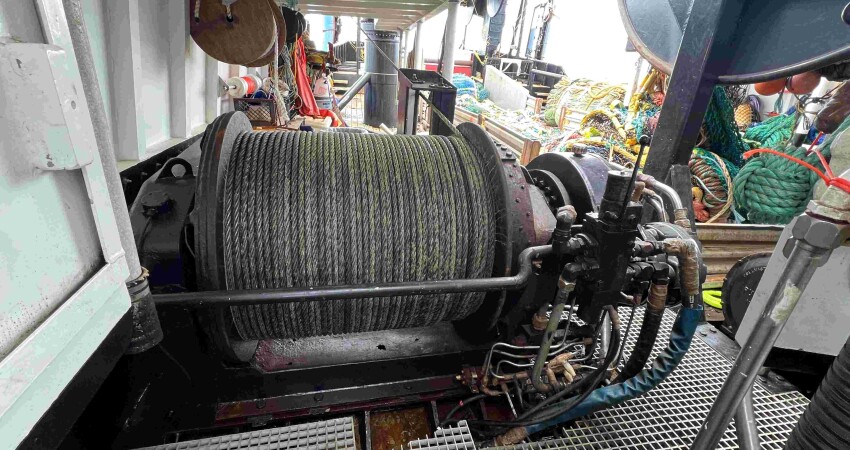
During the Pacific Marine Expo 2023 held in Seattle, Western Dawn’s former skipper, CJ Peterson, met with the Scantrol and GS Marine teams and praised the new system, noting that it delivered enhanced control capabilities over trawling operations. “A standout feature for Peterson was the SYM7’s turn function,” says Scantrol.
“It kind of creeps up and then lets off the tension so you can turn easier,” says Peterson, who is now running a different boat. “I wish I had it on this boat. Scantrol’s user interface is simple and fully customizable. It has all kinds of different modes, but if there are any features you’re not using, you don’t have to show them on your screen.”
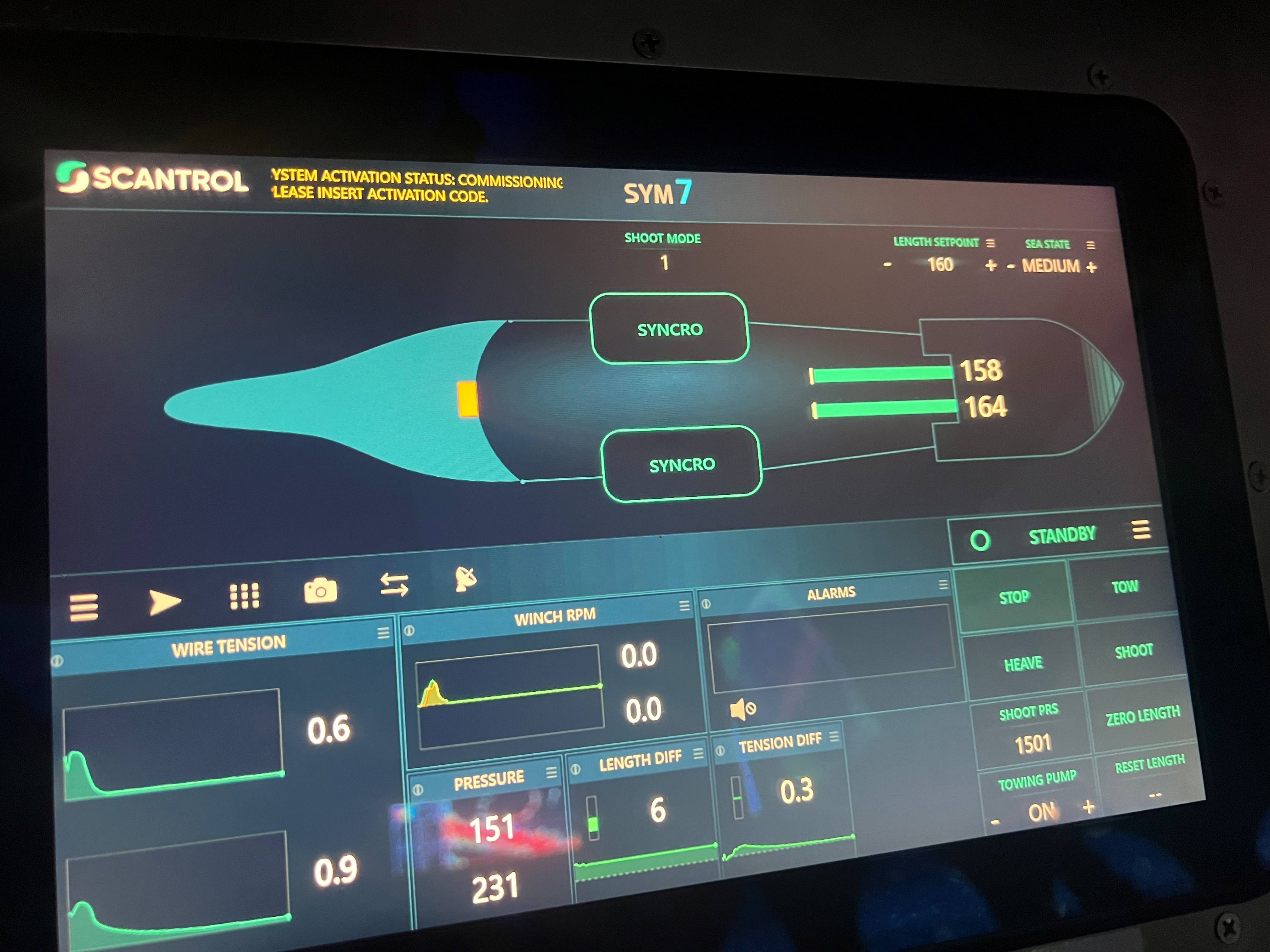
Peterson notes that there were a lot of features that he didn’t have time to fully explore. “One thing it has is the Flow Scan, a sensor that you can put on the head rope that lets the computer adjust the wire lengths based on the flow of the net, not just the tension. So, it might let a little more wire out on one side if you’re in a current.”
According to Peterson, the Scantrol system can also interface with his Olex 3D Map and Plotting system. “If you don’t have flow scan it can triangulate the position of your net and show it behind the boat on the Olex.”
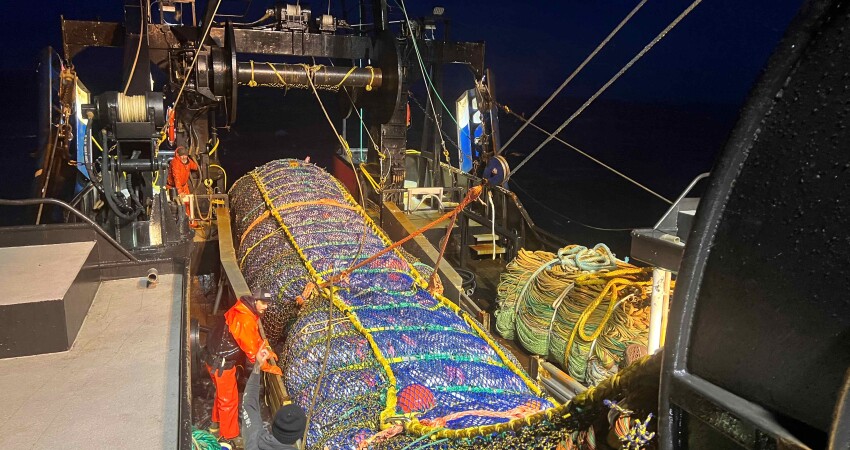
Peterson can’t say enough good things about the Scantrol system. “Another thing I like is that it shows the tension on the wire so you can see if you might be towing too hard and back off to save fuel. But then, if you’re towing with the current, you might see that there’s slack, and so you need to put some tension on.” Being new to the system and interested in exploring all he could, Peterson also appreciated the support he got from GS Marine. “It connects to the internet, so if you have a problem or you’re trying to figure something out, you can call those guys and get help.”





